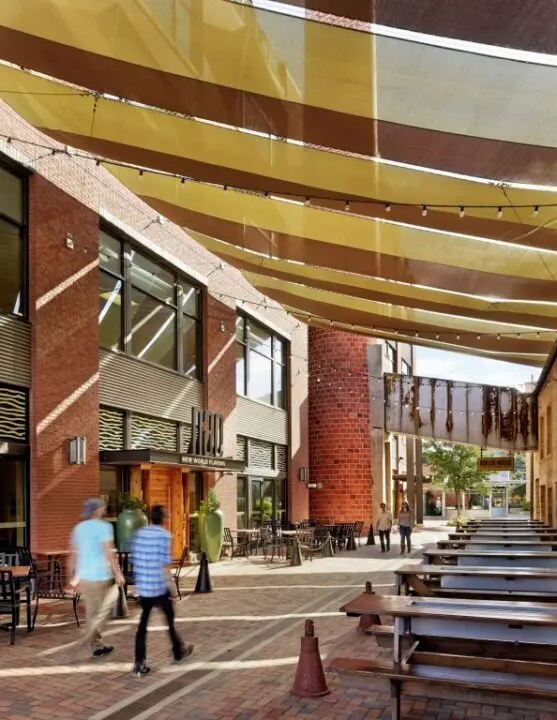
Investigation: Spaces Between
The project aims to develop a mathematical method for measuring “enclosedness” in urban spaces—how enclosed an area feels to its occupants. Recognizing that architects often rely on subjective assessments of the spaces between buildings, the framework combines qualitative and quantitative measures. Key factors include building heights, spacing, sky view factor (SVF), wall density, and surface materials.
April 22, 2025 | Posted by Anne Herndon
IT’S ALL IN YOUR POINT OF VIEW
We must start by recognizing that a single value of enclosedness cannot possibly be applied to an entire “space.” In other words, given a particular public park or plaza, the enclosedness can vary dramatically depending on the exact position of the viewer. This is due to the changing relationship of three-dimensional objects as seen from a single point.

BUT WHAT TO MEASURE?
It is important to note that any metric for enclosedness necessarily contains a degree of arbitrariness given that it measures a qualitative characteristic of which there is no universally-accepted definition. This cannot be avoided. However, the primary importance of this study is not the creation not of a non-arbitrary metric, but of a metric that may be derived through a mathematical procedure and therefore applied systematically to any space.